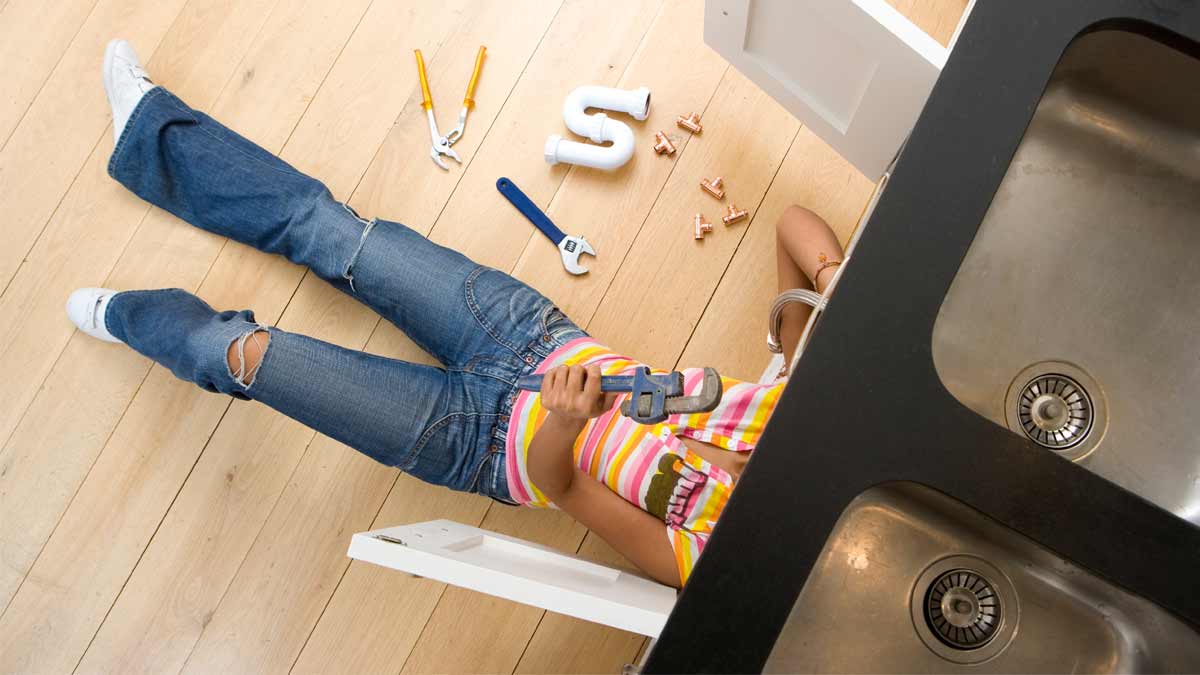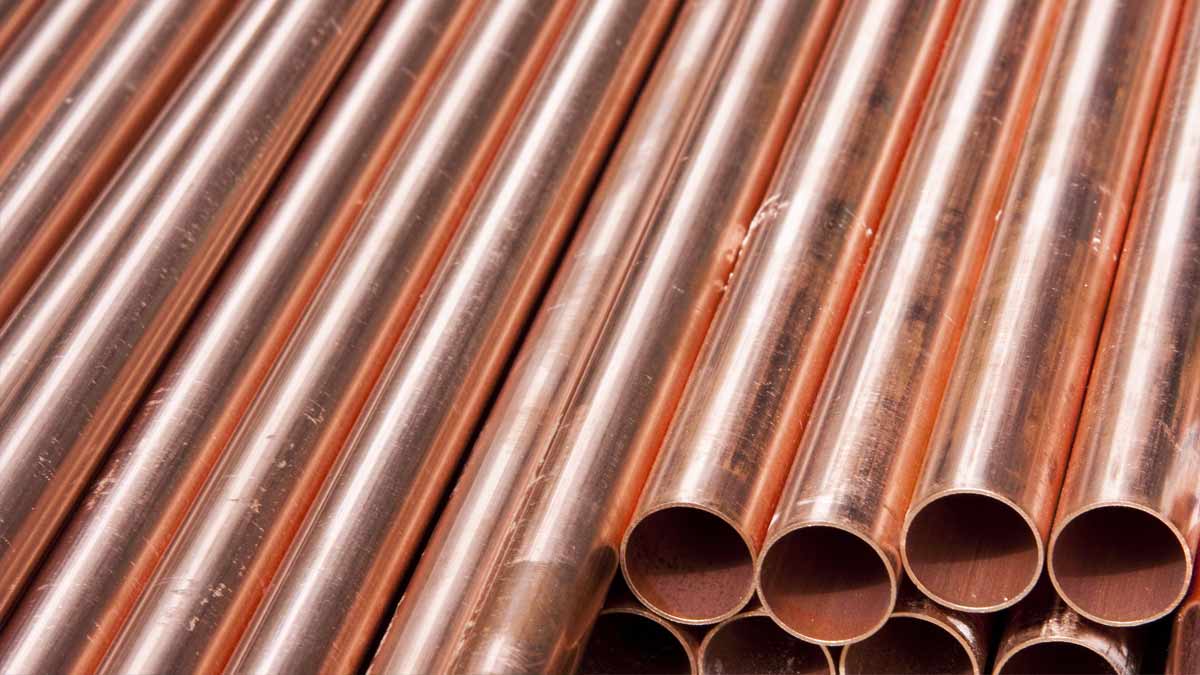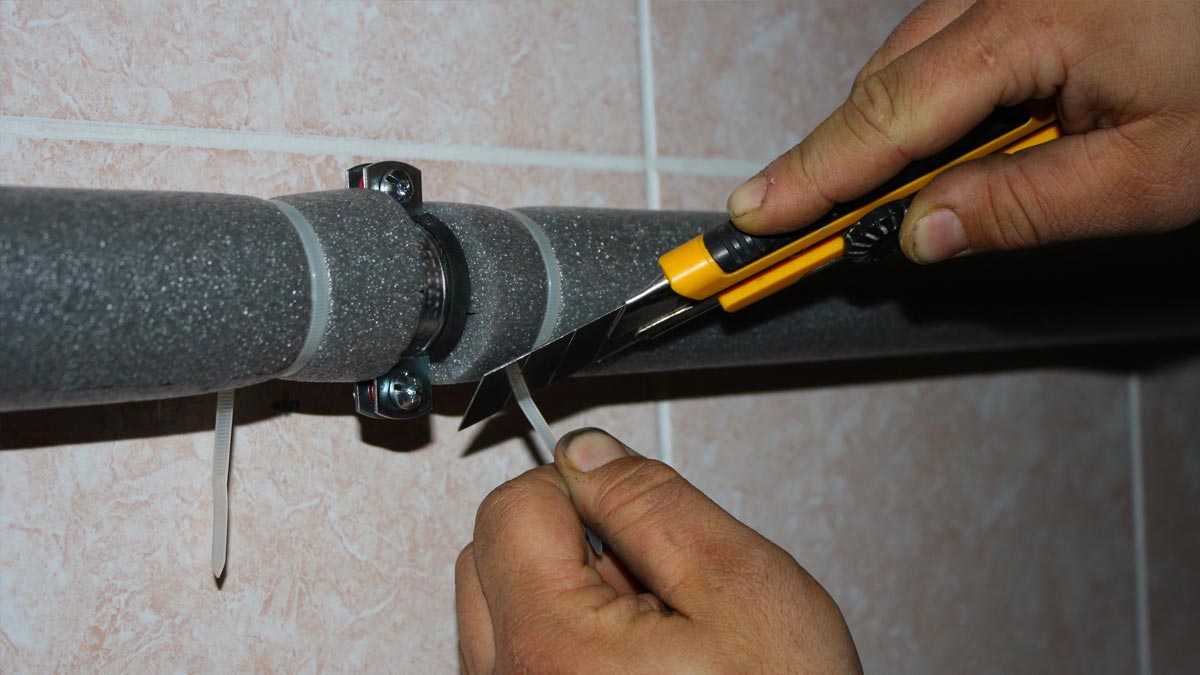Water leaks are common plumbing issues, especially as your house grows old and, as a result, the plumbing system wears out. It’s usually pretty straightforward to fix these leaks as long as they’re not hidden. That’s right! Unfortunately, some water leaks don’t have an obvious sign, making it harder to take action as you’re unaware of a possible leakage inside or outside the house. Detecting a hidden leakage in your water system is not an easy job; however, it’s super essential for you and your house’s safety to find hidden water leaks immediately. Hidden leaks might be located in the walls or even underground, in somewhat inaccessible places where it’s hard to examine for water leaks. At first, a hidden water leak might seem like a minor problem that you would most probably neglect, but in the long run, it can cause irreparable damage to your house and belongings. Luckily, in this article, we’ll provide you with five ways to find hidden water leaks with ease. So, without further ado, let’s get started:
1. Check out your water meter
On some occasions, walls can be responsible for leakage in houses and flats. Sometimes signs such as water stains or damps linger on the wall, while there is no evidence of a leak at other times. To find hidden water leaks, checking the water meter can be useful. A water meter is one of the most fundamental devices that should be available in every house. You can easily find it inside the house or in front of it. As you probably know, these devices measure water usage in buildings. The easiest and fastest method to find water leak in wall is to read your water meter and check for leakage. To begin with, read your water meter and write down the number shown, which is your current water use. Next, turn the water system off, including all the taps, dishwasher, and washing machine. At this point, if the meter remains the same, even after a couple of hours, it can be presumed that there is no hidden leakage at your house. However, if the meter changes, there’s likely a hidden leak somewhere in the house or underground. Depending on the length of the change, the leak might be a fast or a slow one. In each case, you need to act decisively to prevent any sort of damage, either by trying to locate and repair it yourself or by contacting a plumber.

2. Look at your water pressure
Another way to find hidden water leaks in your house is to test your water pressure. The optimal water pressure would be something between 40 to 60 PSI, and anything above or below this amount shows that there is a problem that needs to be fixed. Bear in mind that only If the water pressure is below 40 PSI it’s probable that there’s a hidden leak in your plumbing system. If it’s above 60 PSI, the problem lies elsewhere. Testing your water pressure can also be helpful for underfloor leak detection since some leaks might be rooted underground, and you’re responsible for repairing them. Now, to test your water pressure put a 1-liter jug under a shower or a tap, and then turn the water on. If the amount of time that the jug fills up is more than 60 seconds, then the water pressure is low, showing that there is a leak in your water system.

3. Keep an eye on your water bills
Always keep your bills from previous months since, when you want to find hidden water leaks in your house, they’ll come in handy. If you’re pretty sure that your water usage habits haven’t changed and you’re even trying to adopt good water usage habits, but still, there’s an increase in the water use, it can be understood that there’s a leak in your house that you’re not aware of. Also, be extra vigilant about underground pipes since underfloor leak detection can be really troublesome. So, with the slightest sign of leakage, call in a skillful plumber to check your water system just to set your mind at rest and ensure everything’s fine.

4. A colorful test for your toilets
Leak in toilets is another example of hidden water leaks. An effective way to find hidden water leaks in toilets is to apply food coloring to them. Toilets make up about 30% of your water use at home, so you need to check if they’re functioning well. To conduct this test, pour a few drops of food coloring into the toilet tank. Meanwhile, neither use the toilet nor flush it. Let it stay there for a while, and then examine to see if there is any color in the bowl. If the water in the tank is clear without having any color in it, then your toilet is working perfectly. However, the Color in the bowl is evidence of a water leak in your toilet and needs to be repaired right away. If not repaired, the leakage can spread and damage the walls and as I mentioned earlier in the text, it’s hard to find water leak in wall. So, don’t let your plumbing issues get bigger and fix them at once.

The bottom line
Although detecting and fixing leaks is considered an effortless job, finding hidden water leaks can be a bit more challenging. Various techniques, such as checking the water meter, testing the water pressure, keeping a record of the water bills, and applying food color on toilets, can be recommended to find hidden water leaks. Whenever you encounter a hidden leak, don’t underestimate it merely because it’s not visible to the naked eyes. Also, make sure to have yearly plumbing checkups to guarantee your water system’s safety. It’s worth mentioning that our company, with numerous professional and experienced plumbers, can easily assist you and find the best solution for your plumbing issues. So, don’t hesitate and contact us or just place an order on our website.
How useful was this post?
Click on a star to rate it!
Average rating / 5. Vote count:
No votes so far! Be the first to rate this post.











